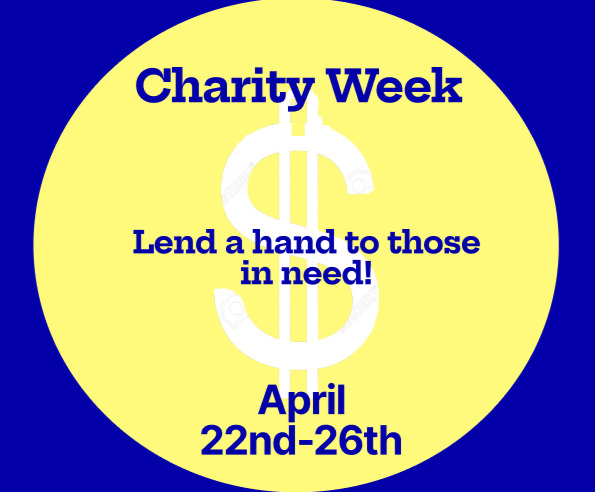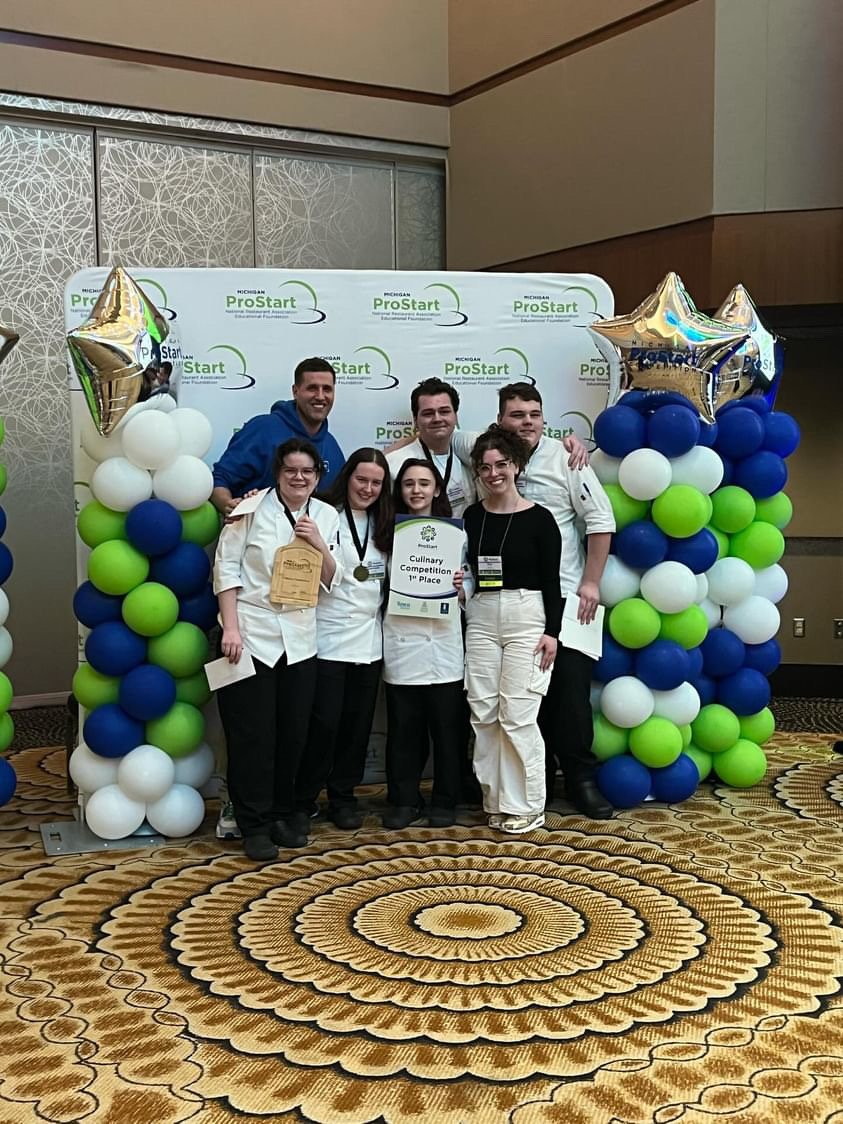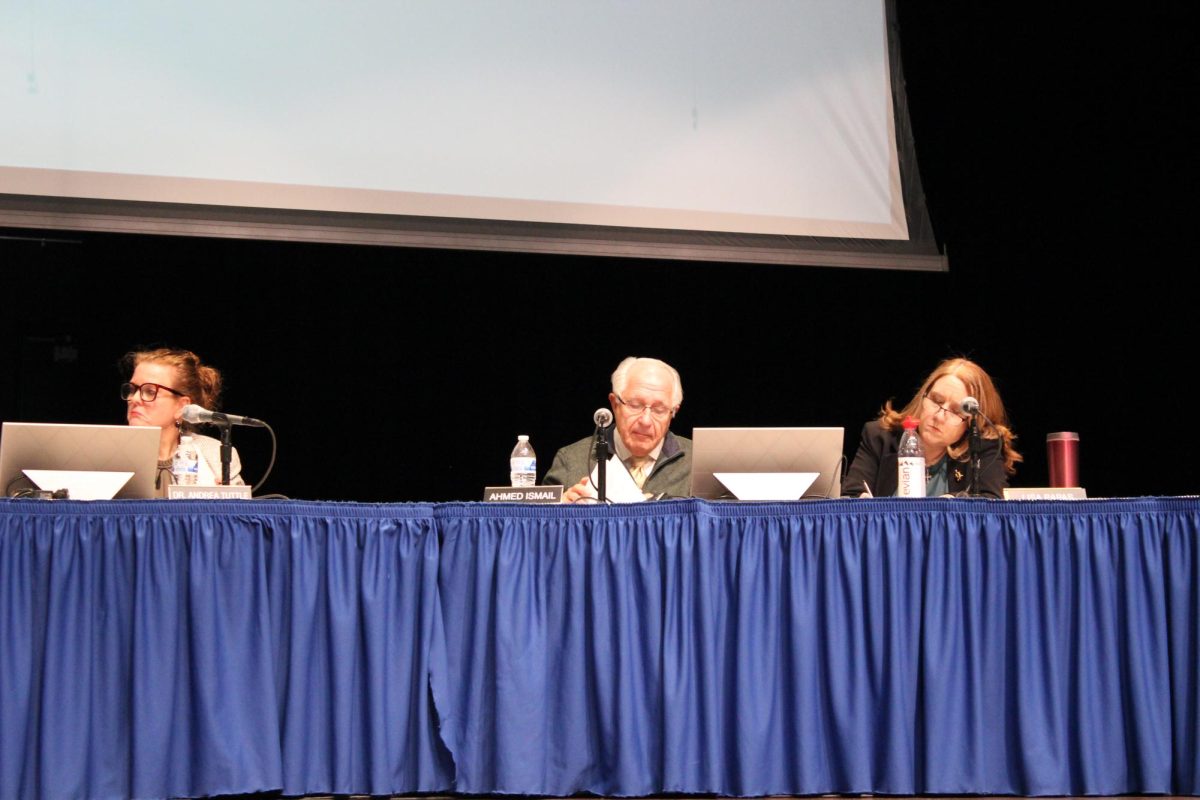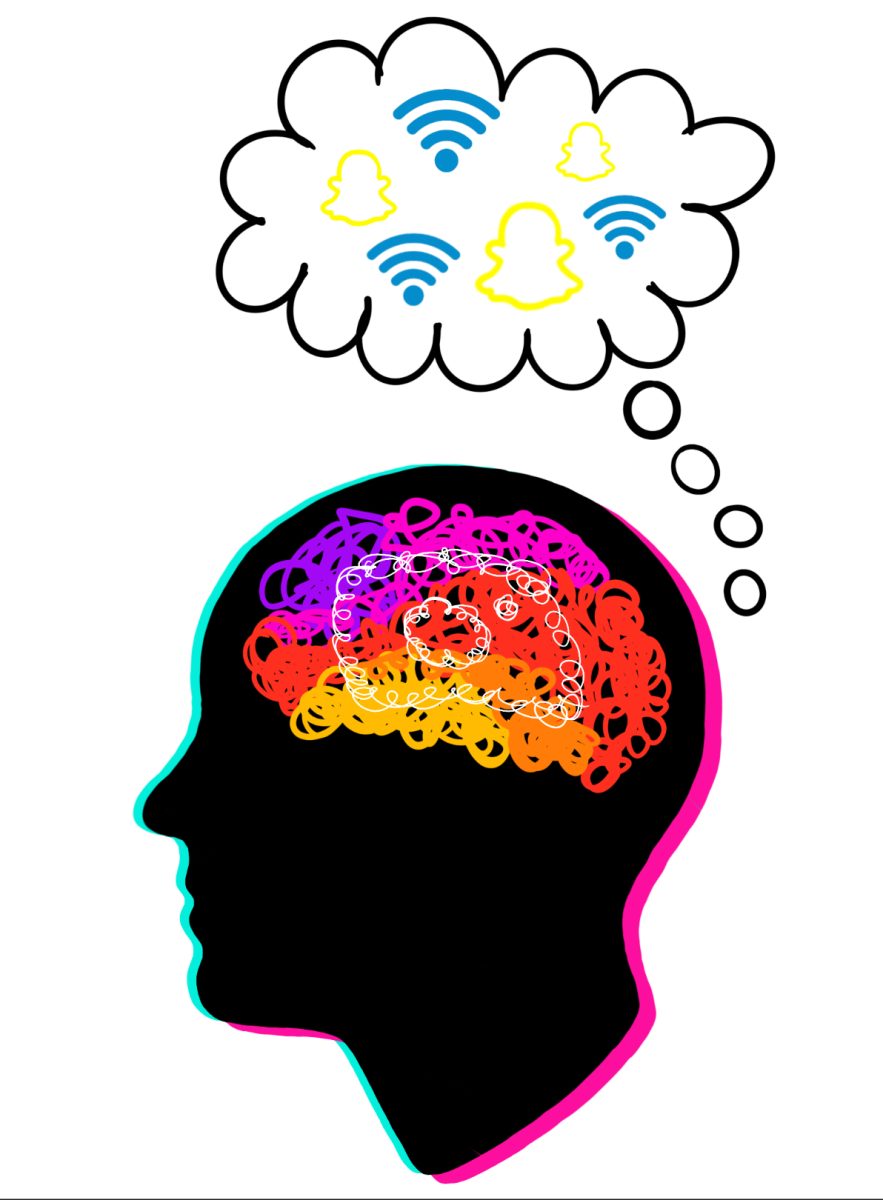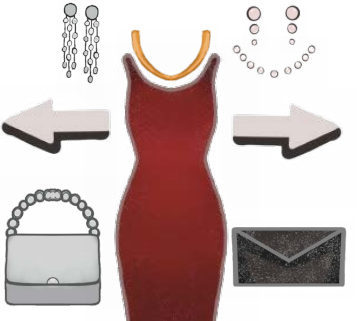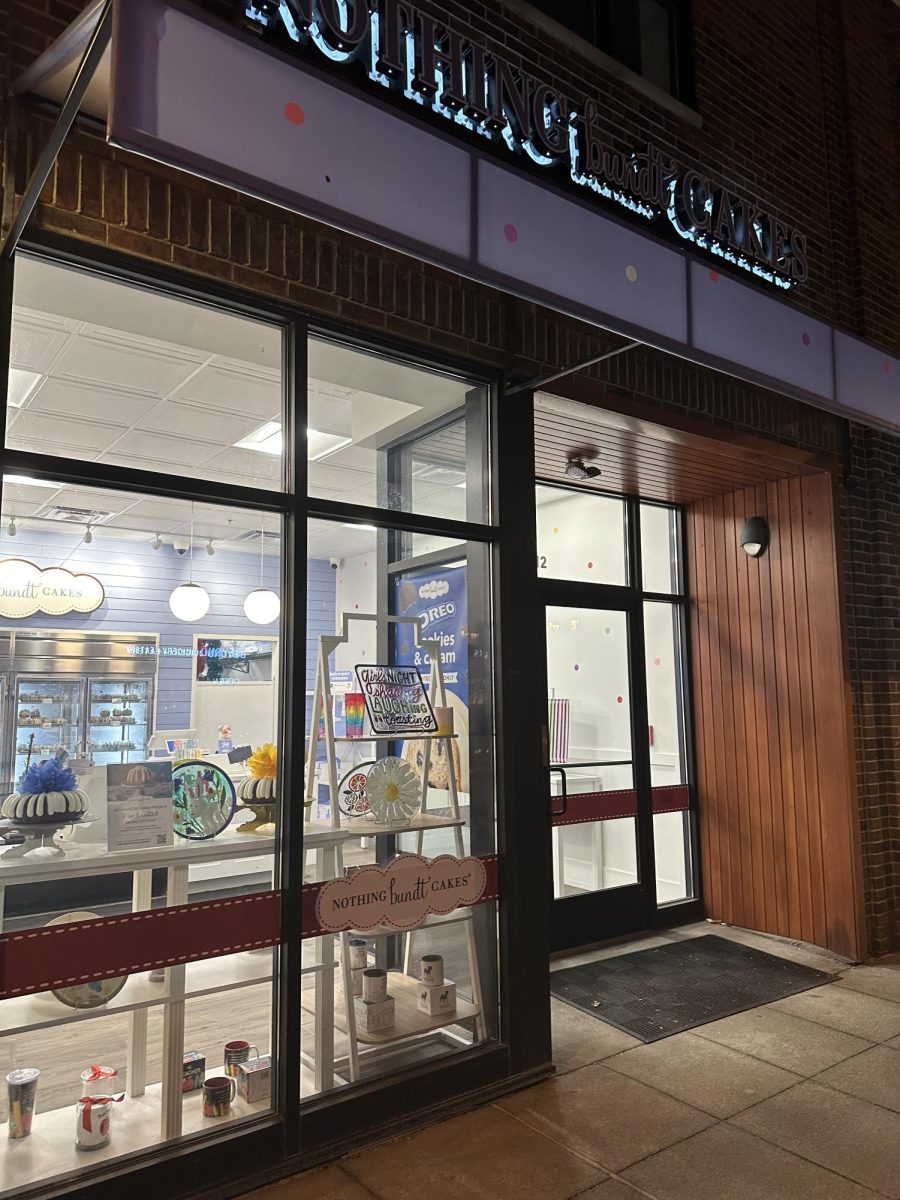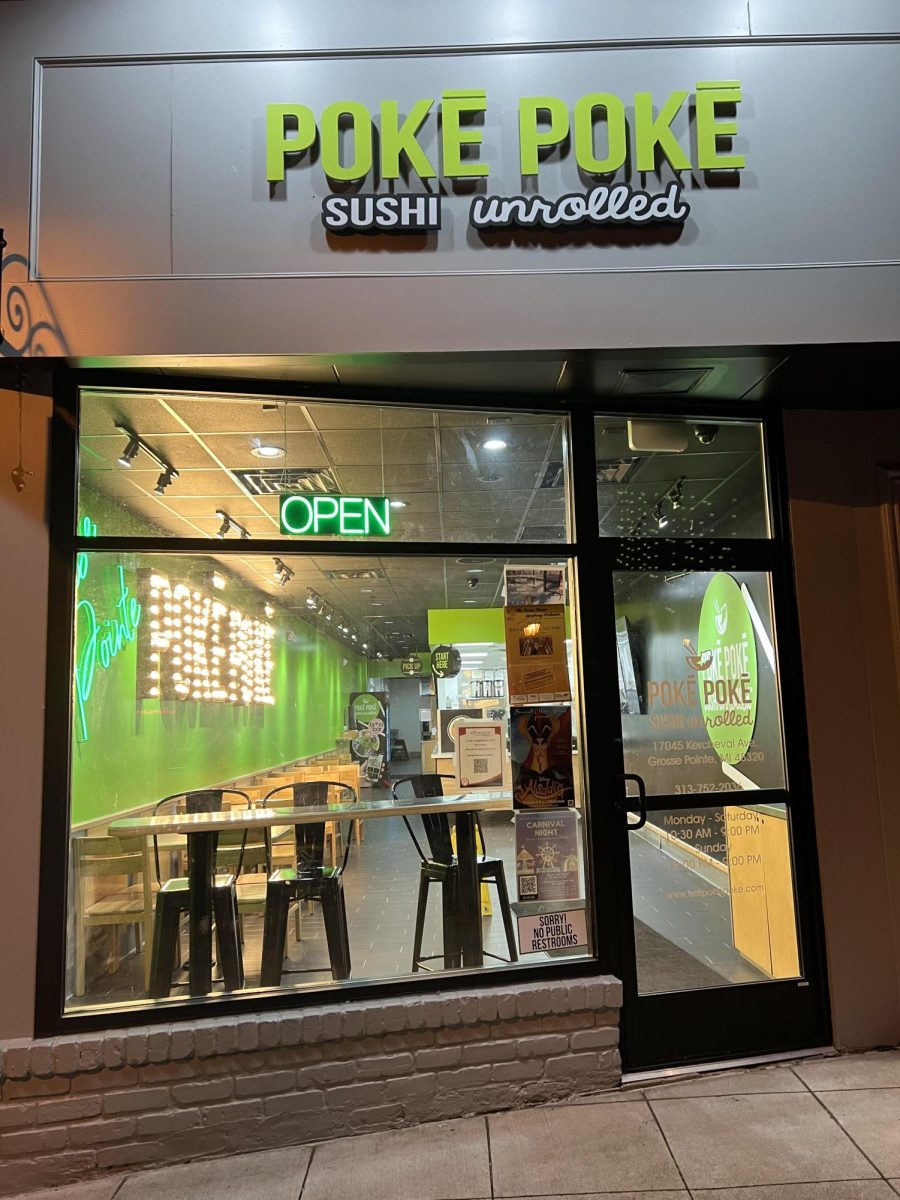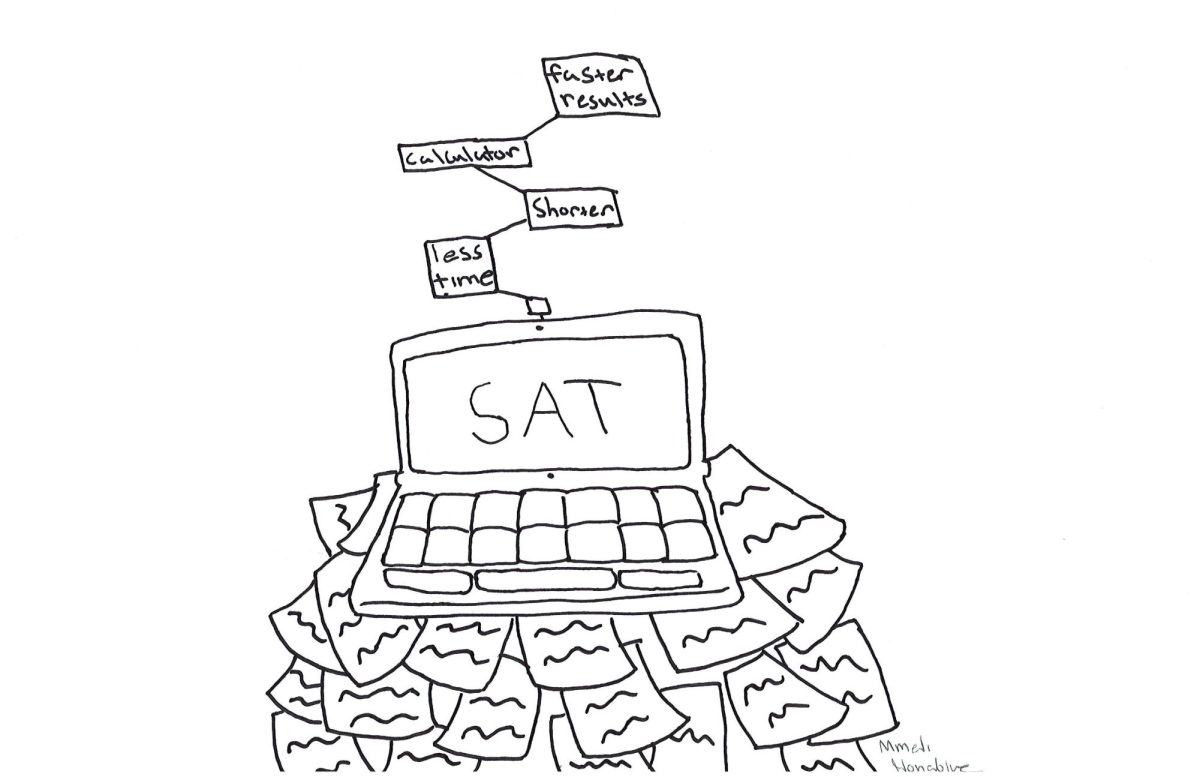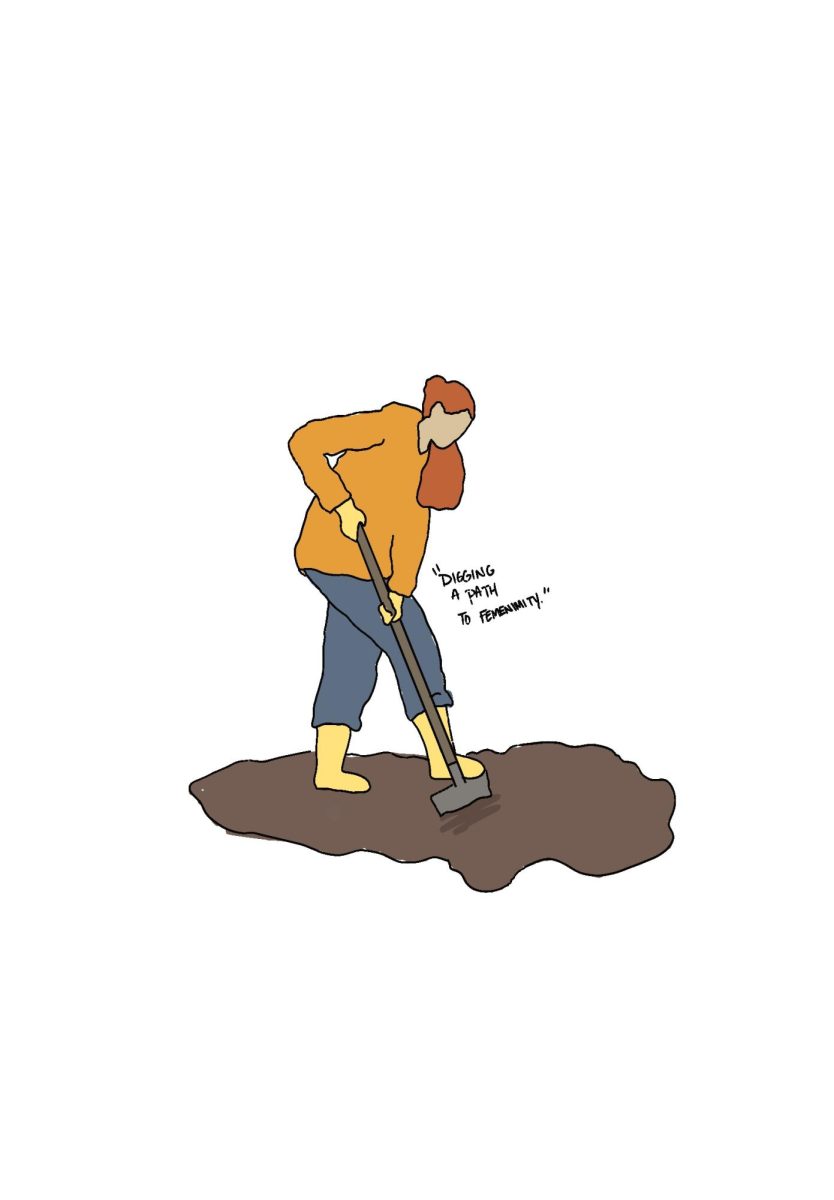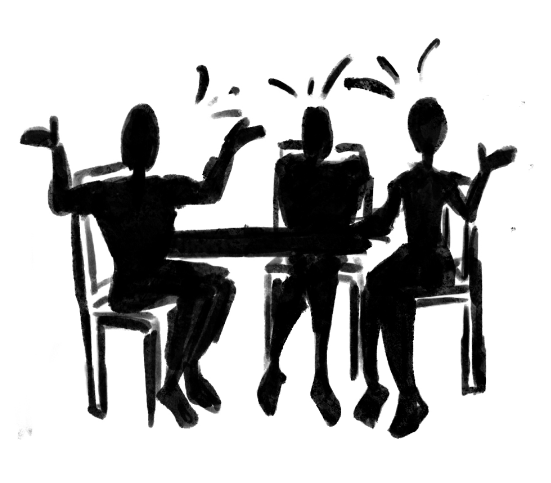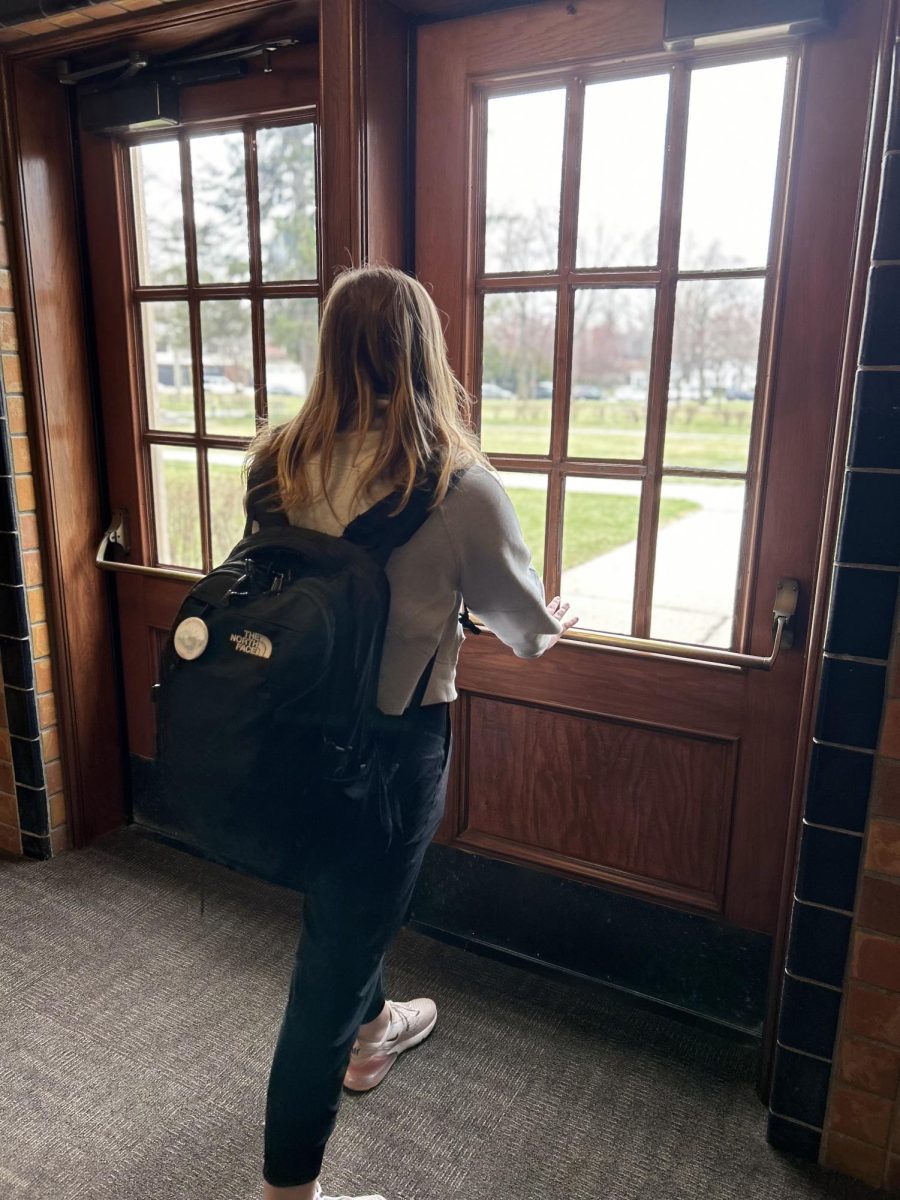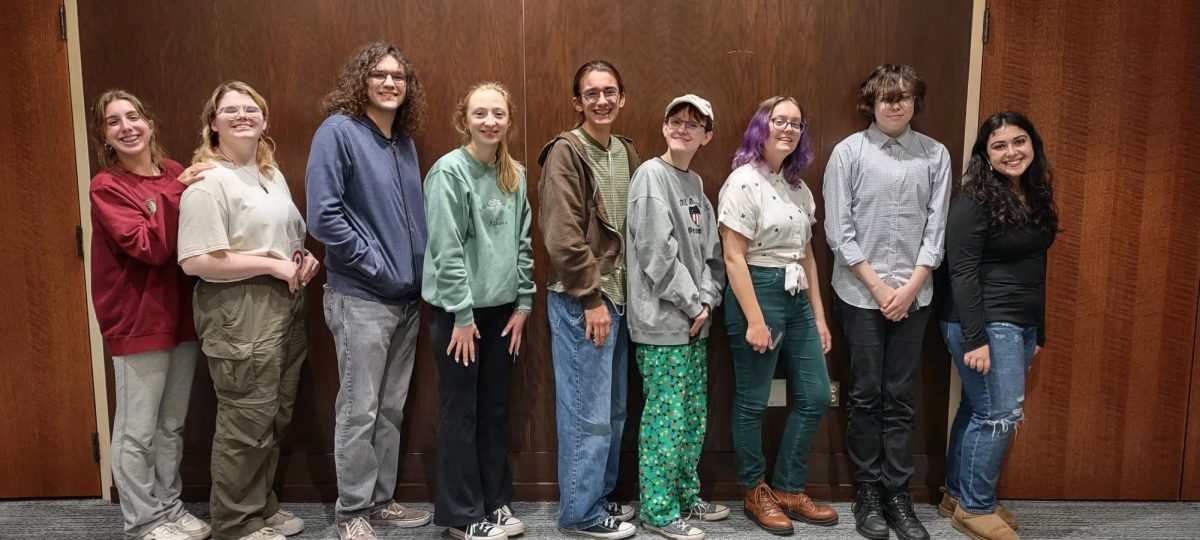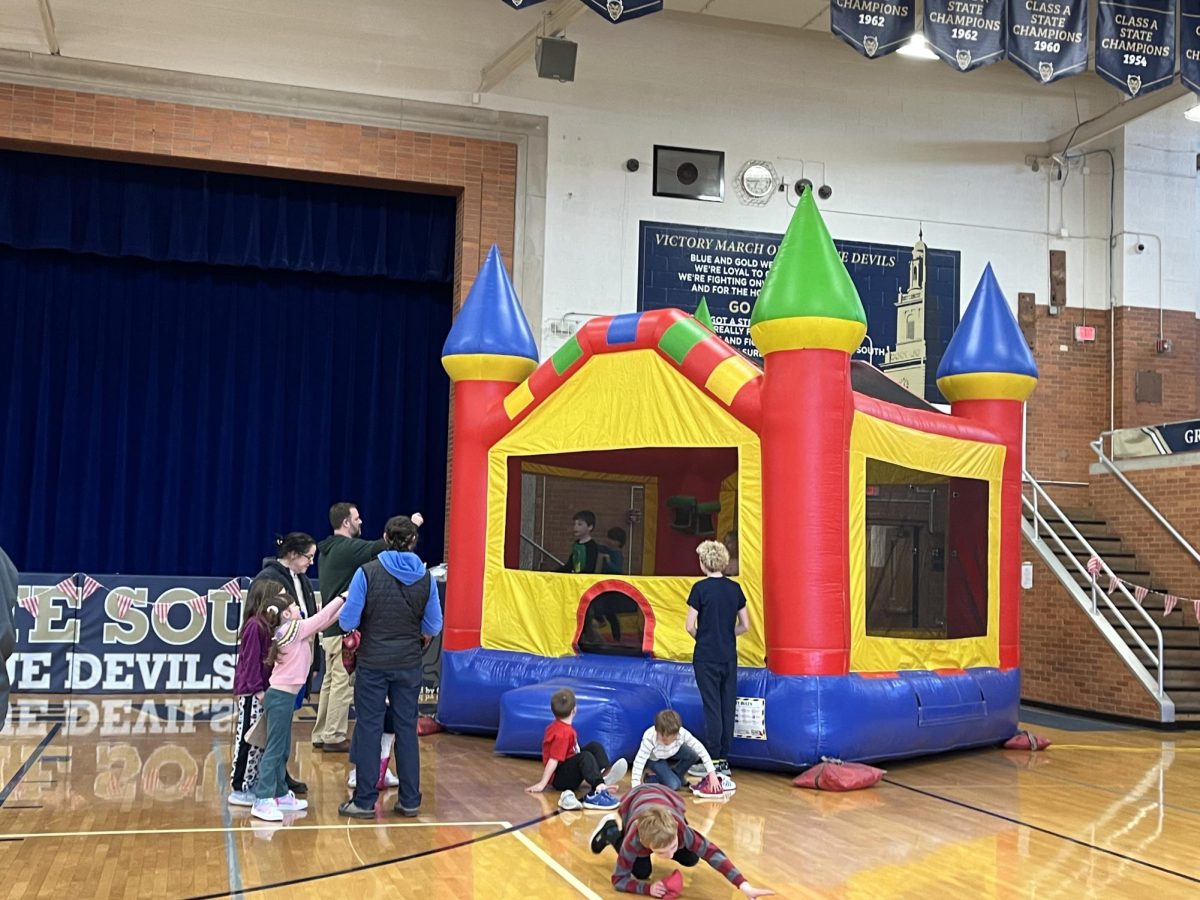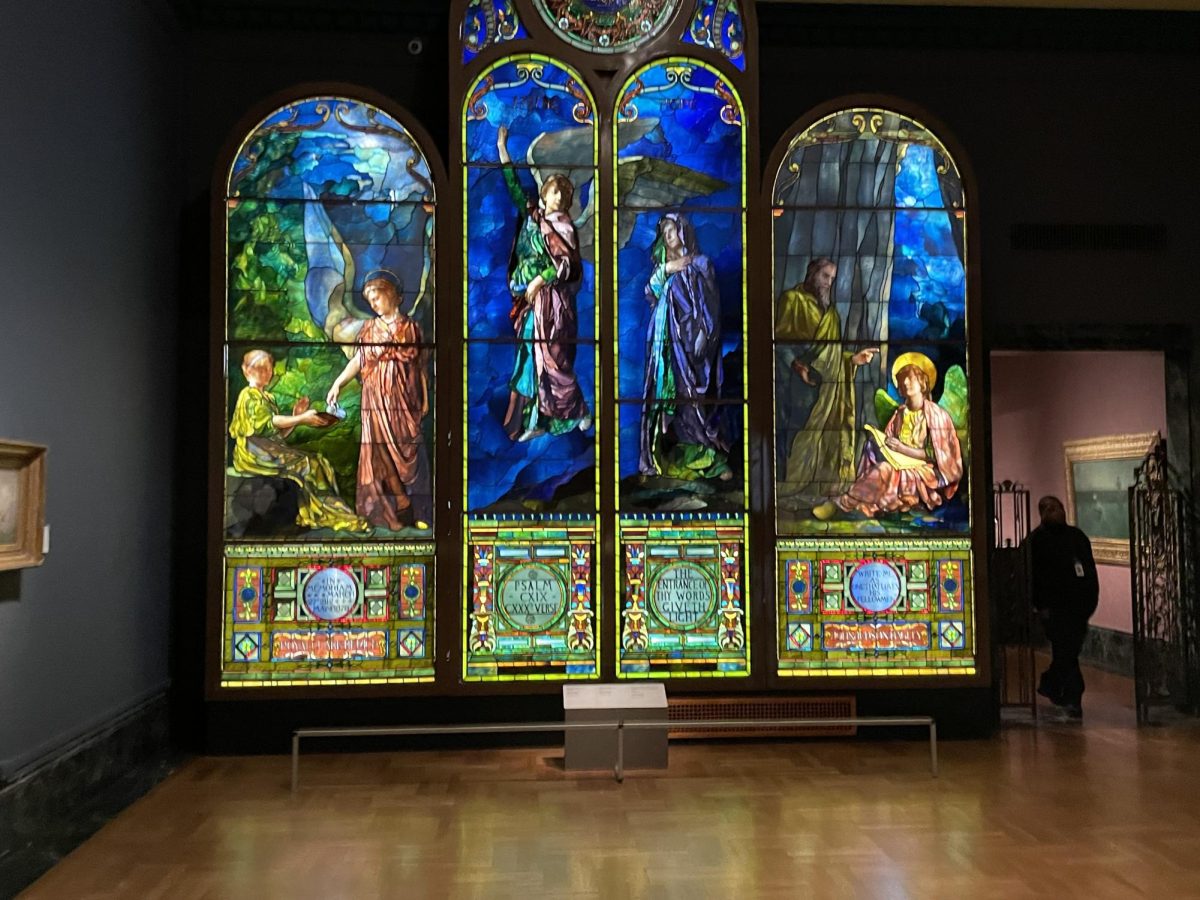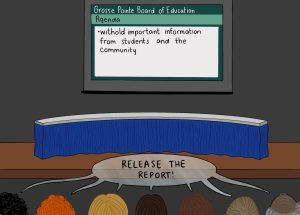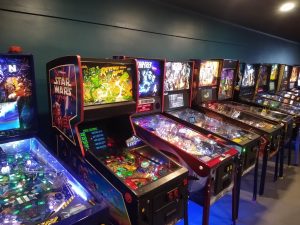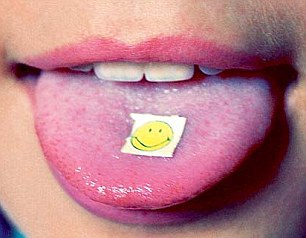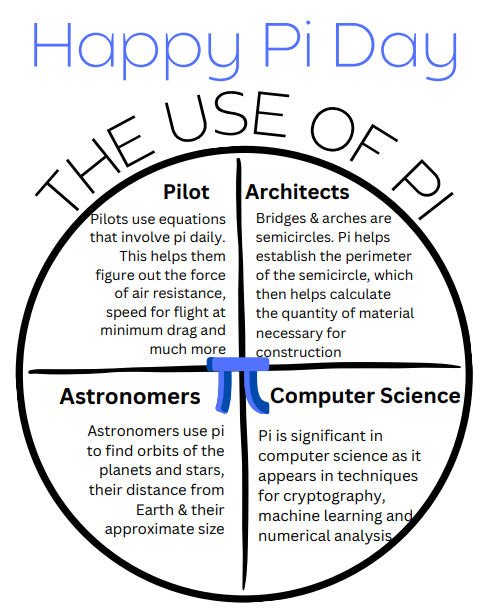By Julia Fox ’16 | Copy Editor
*Name has been changed to protect the student’s privacy.
The first time Josh Landon* ’16 considered trying LSD, he was persuaded by the allure of what his friends told him was a mind-opening experience.
“I started hanging out with a couple people who were like, ‘This is acid. It’s mind-opening, it’s really cool, and it’s an experience that I think you should have. You’d enjoy it,’” Landon said. “So I was like, alright, I’ll do it in a place that I deem safe. What’s the worst thing that could happen?”
Landon has used lysergic acid diethylamide (LSD), more commonly known as acid, since this past summer, he said. He is part of the 3 percent of high school seniors participating in recreational use of LSD, according to the 2014 National Survey on Drug Use and Health, and one of 250,000 Americans 12 years or above who participated in it approximately once per month according to the same survey conducted in 2013.
LSD is a Schedule One hallucinogen, illegal in the United States, according to www.drugabuse.gov. Consumption alters the user’s neural function, predominantly affecting mood and perception. LSD typically causes the user to see, hear or feel things that are not there. Experiencing these effects is commonly called tripping.
“They (users of LSD) get severe hallucinations,” Dr. Tricia Nouhan of St. John Hospital and Medical Center said. “Patients will come in and get various visual and auditory hallucinations. And sometimes those can be frightening. They can be pleasant. They can be creative. But there are visual hallucinations that are the trademark for LSD.”
The drug is usually administered through thin papers that dissolve on the tongue, called tabs, Landon said. However, it can also be taken in liquid form or in small gel capsules.
It is common for marijuana to act as a gateway drug to other harder drugs like molly and LSD, school social worker Doug Roby said. A gateway drug is a less dangerous drug that one typically tries before deciding to move on to other more dangerous drugs.
“Based on my experience, if someone is taking LSD, they’ve used other drugs prior to that because something got them to that point,” Roby said. “It’s not like first time use of drugs is going to be, ‘Hey, let’s take some LSD.’”
Landon said he started out smoking marijuana during his freshman year of high school, before moving onto molly, the purest form of the recreational drug ecstasy, Landon said. When he began realizing the negative effects molly had, he decided to move on to a different drug.
Landon said he was nervous the first time.
“I had heard a lot of things about it like, ‘Oh, you might have a bad trip. This might happen. That might happen. You don’t know what you’re going to see,’” Landon said. “But everything that you hear about acid ends up just not being true, like, ‘Every time you do it you’re going to have a bad trip.’ I’ve never had a bad trip, ever.”
While Landon has never had a bad trip, Roby said they are not as uncommon as they sound. There are significant risks associated with any drug consumption.
“First and foremost, what is it going to do to you?” Roby said. “That’s always an inherent risk. Especially if you’ve never done it. I’ve heard of people having total panic attacks where they have to go to the ER because they have no idea what’s going on with them. It’s kind of beyond their self-control.”
Despite the risks, Landon continues to use it, he said. Since the first time he tried LSD, he has used it approximately 20 times. When he first began using it, he took it once each week. Since then he has slowed to taking it once each month.
“When you first start, it’s like when you were little and you got a new toy and you wanted to play with it all the time,” Landon said. “But then, once you understand that it’s just a toy, you start to only play with it once in awhile.”
Tripping on LSD is unlike the experience Landon has had while taking any other recreational drugs, he said.
“The first thing that you tend to notice is that things will start to look a little more vibrant,” Landon said. “Then after about 45 minutes, you’ll know that you’re tripping. What will start to happen is things will start to look kind of wavy, and then everything that moves will have a bit of a trail behind it. It’s kind of like looking at different frames of a video.”
The next part, he said, is up to the imagination. It takes practice, but once one understands how, he said, they can ‘see’ their imagination.
“It’s like if you were to have a third eye, what you would do is you would transport to your third eye and look at your current life through a different perspective,” Landon said. “You suddenly realize that we need to be more understanding people, or ‘I need to be more kind to my mother’ or ‘when I’m in social situations, why do I feel like I need to jump in front, why can’t I just sit back?’ You just examine things that you do, and you have this very awkward, odd thought process.”
Along with this abstract way of thinking comes a sense of something bigger, the existence of other beings, or something more than humanity, he said. This and other interesting effects are all due to what he believes to be an expansion of the mind due to the drug.
“I remember one of the first times I tripped really, really hard I was at a concert, and I was walking around, and I thought that I was in a river, but I thought the river was gray,” Landon said. “Everybody around me looked like they were river water and fish, but they were gray, too. I turned this corner, and on this pathway I saw two of my greatest friends in the world, covered in tie dye and making out. They were just this vibrant sun of awesomeness. Around them was this gray water, and then it was just them.”
This specific hallucination may have been a visual manifestation of his subconscious, he said.
“Later that night I was talking to my friend about it, and he was like, ‘Well, that means something,’ and we were trying to figure out what it meant,” Landon said. “What it meant was that I was at a point in my life where I really wanted love. It was what I really needed, what I really wanted. So it was really something that just showed my emotions visually. It was really cool.”
One of the most interesting effects that LSD has had on him is what he describes as an ability to taste color, he said.
“I remember the first time I ever tasted colors I was drinking a Gatorade,” Landon said. “It was an orange Gatorade, and I swear to God it tasted blue. I tasted it and the thing that just came to my mind was blue. I didn’t know why. And then I was eating a bagel, and it tasted brown. For the rest of the trip and a bunch of trips after, I could taste colors. Taste the rainbow was never truer.”
Despite all these effects, Landon said the most prominent was the change in his outlook on life. Before he started using acid, he was depressed and seeing a therapist for help. Now he finds himself valuing his life and the lives of people around him more than he ever previously did.
“I was in kind of a bad place about six months ago and now I’ve never been happier in my entire life,” Landon said. “Things are going very well for me. I think that has a lot to do with acid. I think it does because my state of mind and state of thinking shifted a little bit towards the positive. It could definitely start to be attributed to psychedelics.”
Similarly, he believes it has affected his political views in a positive way, as well, he said.
“Before this I was somebody who was very rash with the things that I believed in and no matter what I was going to stand up for them,” Landon said. “After I started I was like, these people have a point. What they’re talking about has a reason and yeah, I might think differently but the things that they say, politically, are right. And yeah it might suck for me, it might hurt me, but we have to share. We’re on this planet together and we can’t just take from everyone.”
Despite all the positive effects Landon experiences, LSD can cause a multitude of negative effects such as psychosis, fear and paranoia, loss of depth and time perception, trip flashbacks, insomnia, chills and tremors, dry mouth, and rapid emotional shifts, according to the Foundation for a Drug Free World.
“When you’re using a drug that gives you visual effects, number one you can have persistent effects of those hallucinations that are horrible,” Nouhan said. “Those can stay with you even after they stop using the drug. Number two, when you’re having the hallucinations, people do very dangerous things. They can walk out in traffic and not even know. Or they could get into a vehicle. Or they will use the drugs in combination with other drugs and the effects are significant to their cardiac and respiratory systems. They can have an abnormal heartbeats or stop breathing like with heroin or other narcotic drugs.”
Effects from LSD can then follow the user around for the rest of their life, Nouhan said. The user can experience significant issues with cognitive function including memory loss.
These “trips” can happen once or they may happen on multiple occasions, even multiple occasions per day, causing hallucinogen-induced persistent perception disorder, according to LSDaddiction.us.
“I don’t think they actually know what triggers that. It’s kind of like a memory or some type of electrical or chemical circuit that gets triggered in the future after you use the drug,” Nouhan said. “You could get these flashbacks at anytime. Nobody really knows what causes them to occur or comeback, so again, that’s something that’s very dangerous depending on what the actual hallucination was.”
There is no confirmed reason for these flashbacks, but scientists believe LSD may damage the brain and change the way it perceives information, or it may be stored in the body or brain after use, only to be released again later, according to LSDaddiction.us.
There are serious risks associated with the use of LSD, Roby said. One of the biggest concerns is the effect it has on the brain.
“There’s a Harvard speaker who has been studying marijuana use in kids, and the makeup of the brain for a 16-year-old using marijuana regularly is very similar to the makeup of the brain of someone with schizophrenia,” Roby said. “So the real question is what is LSD doing to the brain if marijuana is doing that?”
These are not the only effects that experimenting with LSD can have. The possession of LSD is a federal felony in the United States, possession for personal use can result in one to three years in prison and a $1000 to $25,000 fine. Possession with intent to sell can result in three to 15 years in prison and a $2000 to $300,000 fine.
“The consequences are significantly different from marijuana,” Roby said. “The penalties are super harsh. Because of where it’s classified, it immediately has more consequences related to the law than say a substance like marijuana. It’s Schedule 1, so it’s a felony. You’re not dealing with a misdemeanor like if it was possession of marijuana.”
Despite his continual use, Landon said he does not believe that LSD should be legalized, rather it should be considered for medicinal use and lowered from a Schedule One drug.
“I think if it were completely legalized, it would be a bad situation,” Landon said. “We can’t have people tripping on a regular basis, all the time.”
In addition, Roby said students need to evaluate the risk factor of the drug.
“The biggest thing people need to think about if they’re contemplating trying it, is there is no predictability,” Roby said. “There are charts on alcohol where if you weigh 140 and you consume this amount of alcohol, it’ll tell you what your blood alcohol will be. There’s no science like that at all with LSD. That’s the biggest risk. What is it going to do to you?”
In the end, Nouhan said that LSD is risky and can lead to long-term damages.
“There are other ways, non-drug-related ways, to be creative,” Nouhan said. “Just use your imagination. You don’t need those drugs and chemicals that could have such a bad outcome. It’s not worth doing something that’s potentially permanent and that could affect your well-being, your memory and potential for having a visual hallucination. It’s not something worth risking that for.”

